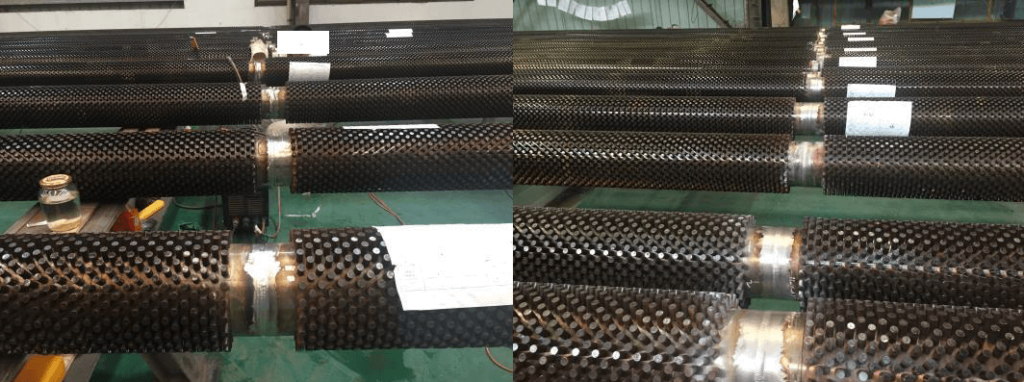Alloy Steel
In this lecture, you will learn about alloy steel.
When you add various metallic and non-metallic elements in a specific amount to carbon steel, it will change the properties of carbon steel. We can manipulate these percentages of alloying elements in steel to achieve better property than plain carbon steel.
Alloy steel can further classify as
- Low alloy steels: in which the sum of total Alloying elements is < 5%
- High alloy steels: in which sum of total Alloying elements is > 5%
Alloying Elements
Commonly used alloying elements and their effects are listed in the table given below.
| Alloying Elements | Effect on the Properties |
|---|---|
| Chromium | Increases Resistance to corrosion and oxidation. Increases hardenability and wear resistance. Increases high temperature strength. |
| Nickel | Increases hardenability. Improves toughness. Increases impact strength at low temperatures. |
| Molybdenum | Increases hardenability, high temperature hardness, and wear resistance. Enhances the effects of other alloying elements. Eliminate temper brittleness in steels. Increases high temperature strength. |
| Manganese | Increases hardenability. Combines with sulfur to reduce its adverse effects. |
| Vanadium | Increases hardenability, high temperature hardness, and wear resistance. Improves fatigue resistance. |
| Titanium | Strongest carbide former. Added to stainless steel to prevent precipitation of chromium carbide. |
| Silicon | Removes oxygen in steel making. Improves toughness. Increases hardness ability |
| Boron | Increases hardenability. Produces fine grain size. |
| Aluminum | Forms nitride in nitriding steels. Produces fine grain size in casting. Removes oxygen in steel melting. |
| Cobalt | Increases heat and wear resistance. |
| Tungsten | Increases hardness at elevated temperatures. Refines grain size. |
Role of alloying elements
Depending on the quantities of alloying elements following properties of material get affected such as
- Corrosion resistance
- Hardenability
- Machinability
- High or low-temperature Stability
- Ductility
- Toughness
- Better Wear resistance
- Improved Weldability
Use of Alloy Steel
Alloy steel can be used in a process area where carbon steel has limitation such as
- High-temperature services such as Heater tubes
- Low-temperature services such as Cryogenic application
- Very High presser service such as Steam Header
Here you can see the common alloy steel grade that you will come across.
- For Pipes: ASTM A335 Gr P1, P5, P11, P9
- For Wrought Fittings: ASTM A234 Gr.WP5, WP9, WP11
- For Forged Fittings: ASTM A182 F5, F9, F11 etc.

